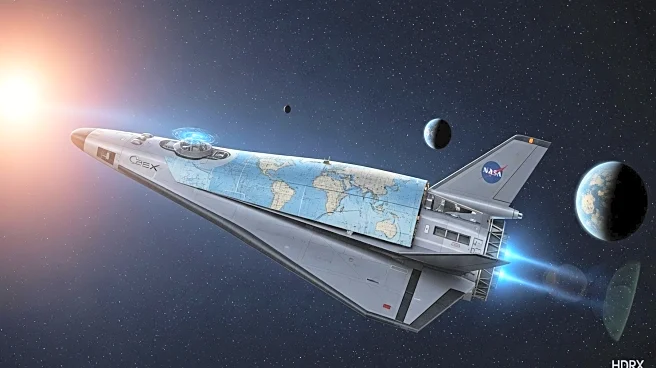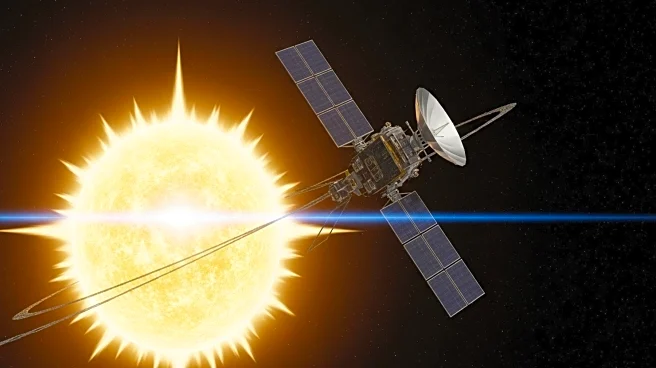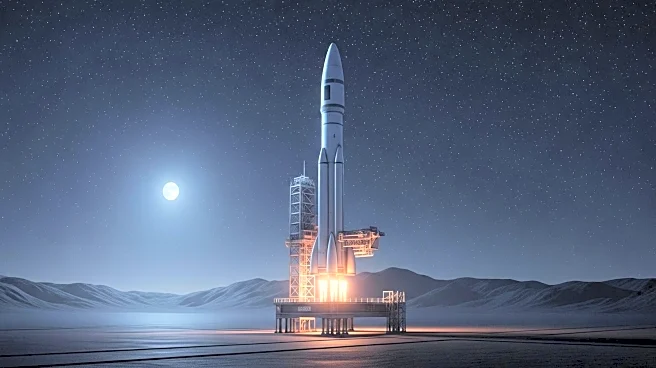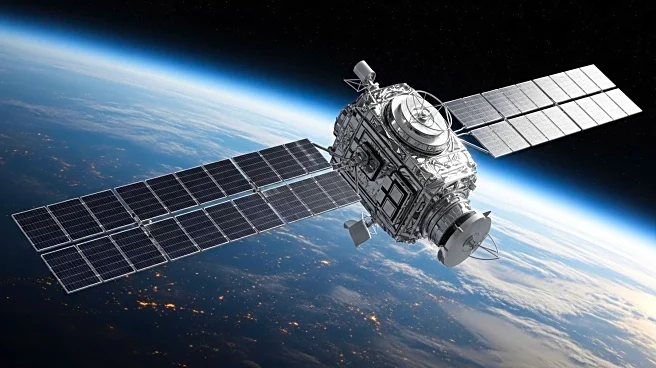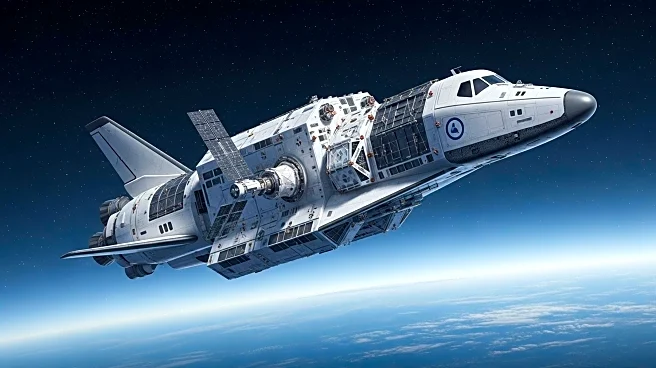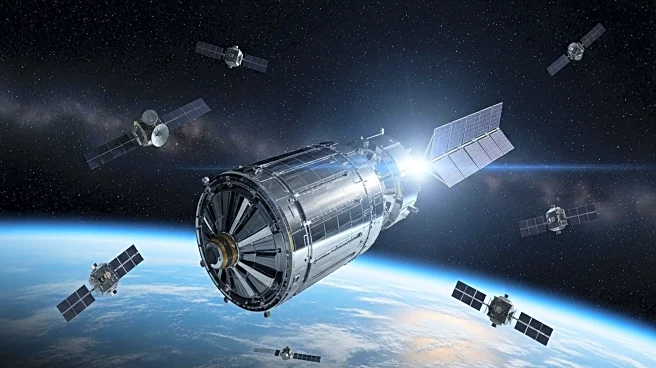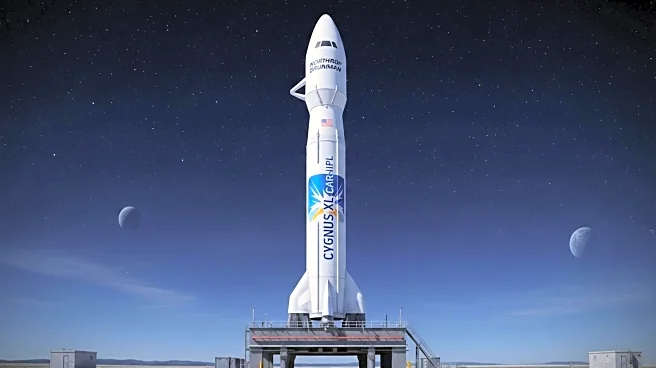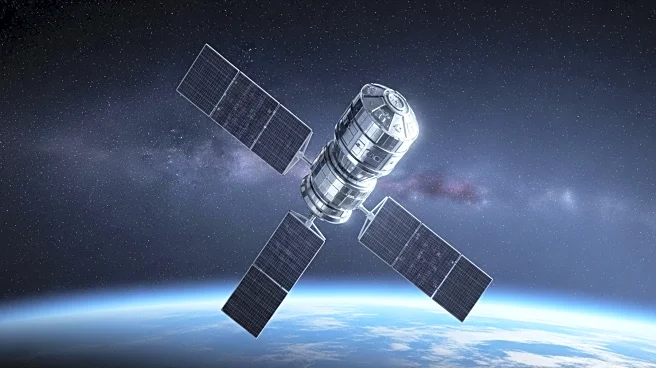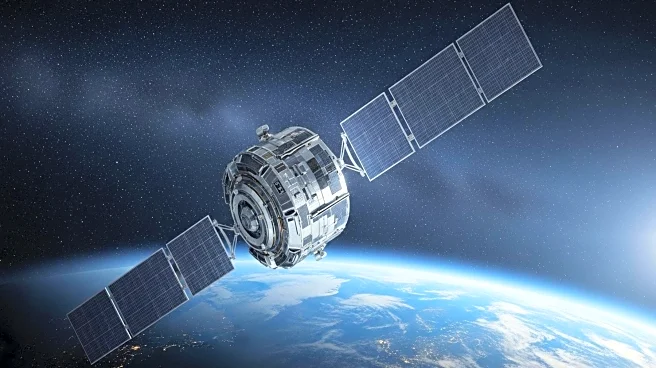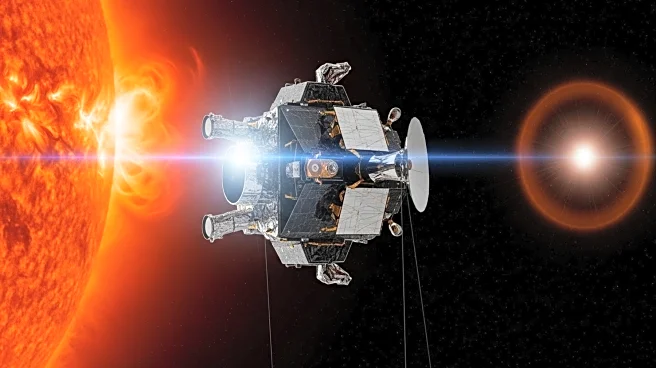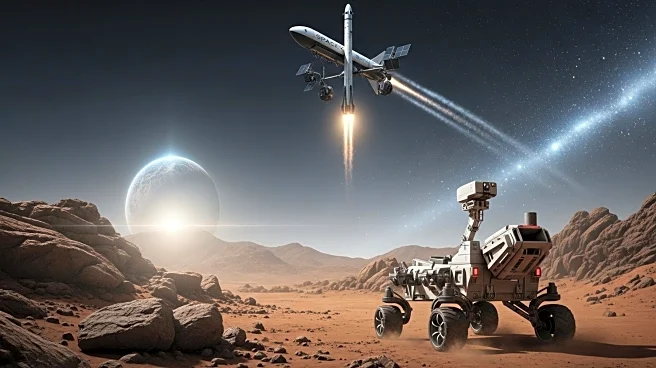What is the story about?
What's Happening?
NASA is preparing to launch the Interstellar Mapping and Acceleration Probe (IMAP) on September 23, 2025, with the help of SpaceX's Falcon 9 rocket. The mission aims to explore the heliosphere, a vast protective bubble formed by the solar wind that surrounds the Earth and extends beyond Pluto. The IMAP will be launched from the Kennedy Space Center in Florida and will travel to the Earth-Sun Lagrange Point -1 (L1), a stable location in space. The spacecraft is equipped with over 10 instruments designed to measure solar wind, charged particles, and monitor solar weather. This mission is part of a broader effort to understand the heliosphere's boundaries and its role in protecting Earth from cosmic radiation.
Why It's Important?
The IMAP mission is significant as it seeks to enhance our understanding of the heliosphere, which acts as a shield against harmful cosmic radiation. By studying the heliosphere's boundaries, scientists hope to gain insights into the fundamental physics of space and how planetary systems evolve. This research is crucial for understanding how planets, including Earth, retain their atmospheres and support life. The data collected could also aid in identifying potentially habitable exoplanets by refining models of planetary evolution. The mission's findings will contribute to our knowledge of space weather and its impact on Earth's geomagnetic environment.
What's Next?
Following the launch, the IMAP will begin its journey to the L1 point, where it will conduct observations and send data back to Earth. Scientists will analyze this data to better understand the heliosphere's structure and dynamics. The mission is expected to provide valuable information that could influence future space exploration and the search for habitable planets. Additionally, the IMAP's ability to monitor solar weather will help in predicting and mitigating the effects of radiation storms on Earth.
Beyond the Headlines
The IMAP mission also highlights the importance of international collaboration in space exploration, as it involves partnerships with other spacecraft from the U.S. National Oceanic and Atmospheric Administration (NOAA) and NASA's Carruthers Geocorona Observatory. This collaborative approach is essential for advancing our understanding of space and addressing the challenges of exploring the solar system's unexplored regions.
AI Generated Content
Do you find this article useful?
